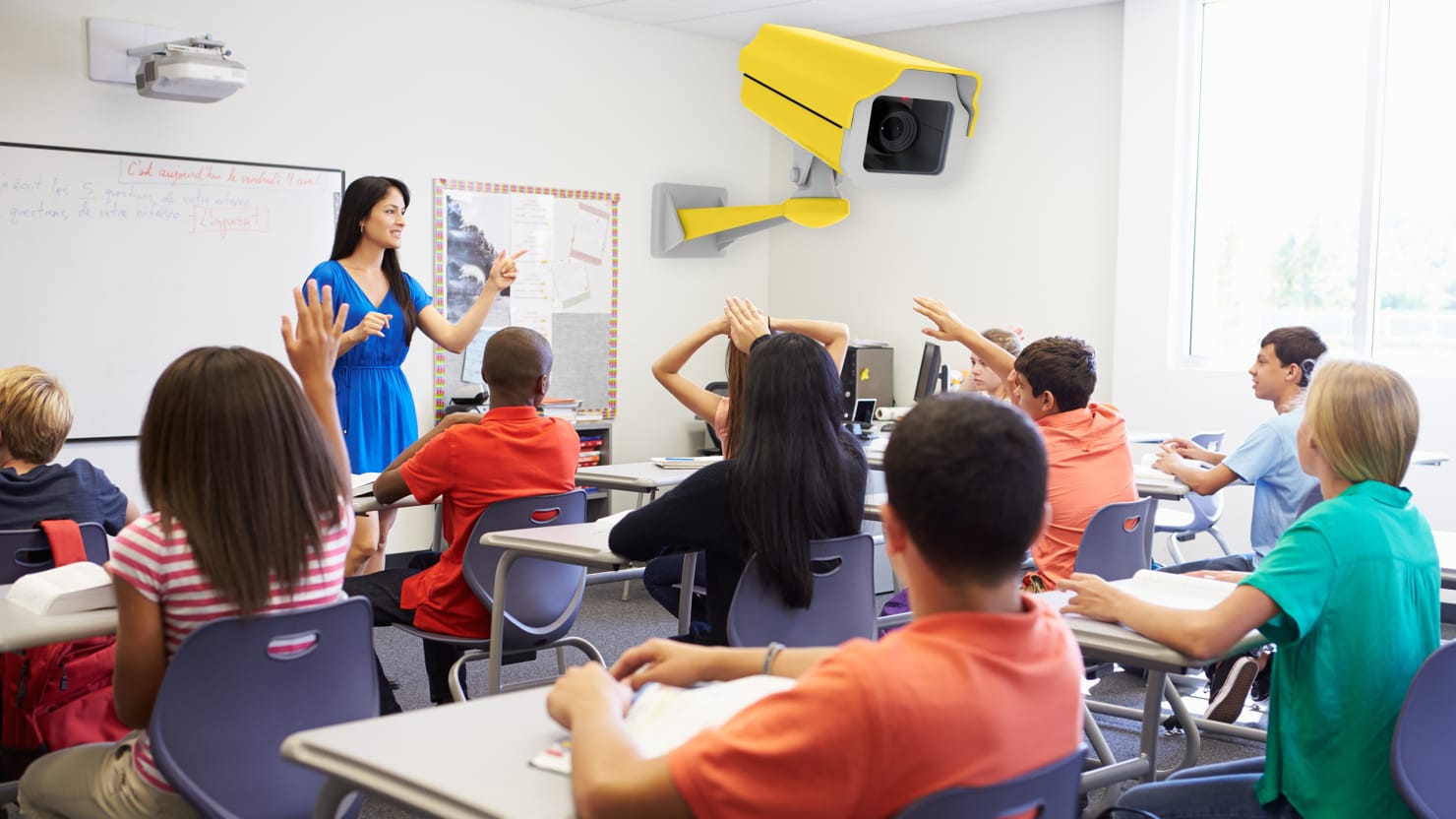
Hey, do you want to foster a conductive learning atmosphere? Effective communication between teachers & students is however essential to create an open environment for student engagement. Above all, what are the ways to motivate children to learn, prosper & grow? However, the School Management System plays a vital role in engaging student learning processes and interactions in class. Let’s discuss…
It is the transfer of ideas and notions from person to person. For instance, communication in the classroom can enable children to share their thoughts and queries in an open platform. They become bold enough with a strong mind and attitude and develop self-esteem. As per research conducted, the success rates of students depend upon their effective communication in the classroom. Well, how can you improve student & teacher relationships? In this article, we enlist some tips to enhance student interaction in class.
Before moving to the article, let’s see some interesting facts…
1. Clarity
2. Conciseness
3. Coherence
4. Correctness
5. Courtesy
6. Conviction
With the COVID-19 pandemic situation, school closures had a negative impact on students. However, children are affected by nutritional development and emotional health. With school reopenings, children are likely to interact with their peers and build relationships with teachers. As a result, their physical and mental health improves. Effective coordination and communication between teachers and students can be simplified via the School Management System.
Do you know how to converse with students as they return to school?
Are you a good listener?
Provide an open platform where students can ask questions. Be an active listener so that they feel comfortable sharing their thoughts. In addition, allow them to draw their feelings, or just act and express their emotions. Listening however ensures they feel confident and motivated. Teachers can invite students to talk aloud in class or groups
Are you using age-appropriate language?
Students are categorized as preschool, primary, secondary, and higher secondary. Communicating with a preschool is different from that with a secondary or higher secondary. Therefore, ensure teachers use appropriate language as per their understanding capability. Preschool kids need simple language. In other words, frame things in an easy manner that allows them to perceive facts quickly.
Sharing informative thoughts
The COVID pandemic has brought many science-based facts for students to learn. Ask them to share their thoughts with the whole class from reputable sources.
How can you inspire children to make effective communication? For instance, this is quite challenging for teachers to build strong communicative bonds with students. You just can build a great learning atmosphere and a positive environment.
In this article, we discuss some engaging tips for building communication techniques…
1. Build a positive environment
A supportive learning environment is what students expect to learn and improve their development levels. Provide an open door where students can share their feelings or emotions without any sort of fear. In other words, make them feel comfortable to ask questions whether right or wrong. In addition, be supportive of all students as each of them has been brought up in a different atmosphere.
2. Practise encouraging students
Do you get distracted by arrogant student behavior? Meanwhile, this is a wrong notion, where some places children are scolded for mild mistakes, and achievements are neglected. A one-stop solution to build confidence and engage them to keep trying again and again. Moreover, don’t let their mild efforts go unnoticed. It could be a hike in a class test or may have cleared some doubts for their peer classmates etc.
3. Strengthen their creativity
From the pre-developmental phase, children live in an imaginative world. In other words, it is this time when you need to cultivate their creativity from the very childhood. Studies proved that children are crazier with visual media than with written textbooks. Teachers can just hang artwork, paste charts, pictures based, academic projects, etc. to develop creativity in children. This however engages them in their curriculum and encourages them to communicate with teachers.
4. Develop their analytical skills
This is another approach to increase the student & teacher interaction level. What if you make your class exciting and engaging? Students are more inspired in nurturing their logical and problem-solving skills. For instance, make them interactive by providing debates, FAQ platforms, and other sessions.
5. Positive comments
As a teacher, how well do you give positive feedback to students? Never focus only on the negative side of children. In other words, this approach can demotivate them. Cheer them up with positive feedback to build their confidence. Moreover, allow them to give feedback on your teaching styles and learning process. As a result, you can understand student tastes and make improvements.
6. Learning apps
Today, educational institutions rely upon the Administration Management System for automating the entire operations. To sum up, these apps leverage communicative bonds between parents, students, and teachers.
7. Build Trust
Does mutual trust often influence children’s interactions in class? The first step to building trust is to share your life struggles. It could not be that personal but the ways you have implemented to overcome obstacles & share your success stories. For instance, give them opportunities to share their hardships and give them the confidence to resolve them. Moreover, give them support to face the issues and move forward in the future.
8. Know student’s families
This is another way of increasing communicative skills in children. Connecting students’ families is a sign of showing that you give more care to them and their families. In addition, maintaining a strong relationship with their parents lets you notify them of any concerns. Teacher and student relationships can be enhanced allowing them to be more interactive in class.
Was this article beneficial? Request a free demo to know more about the School Management System and its influence on student performance.




